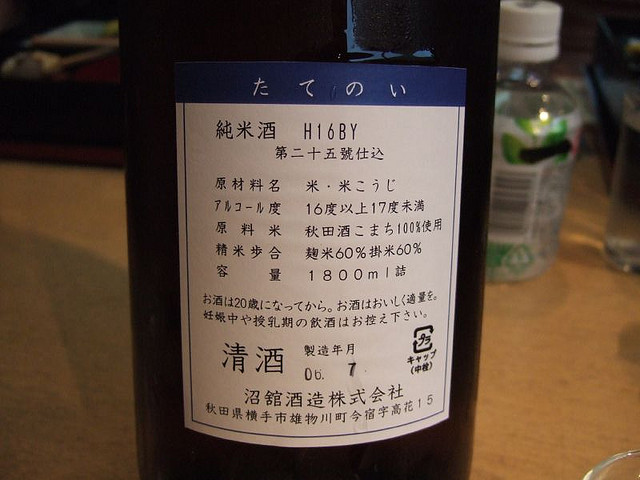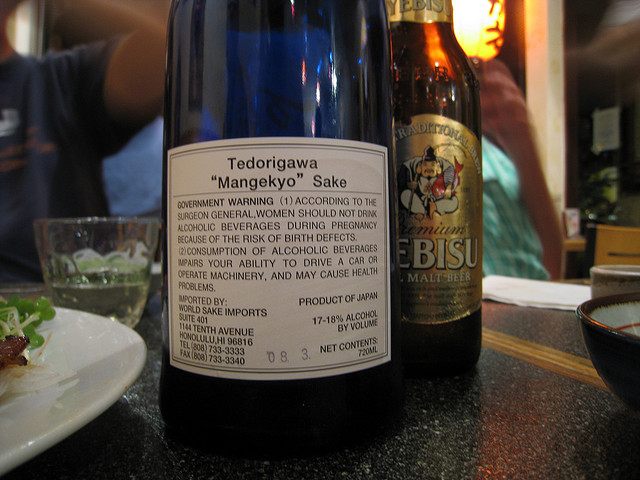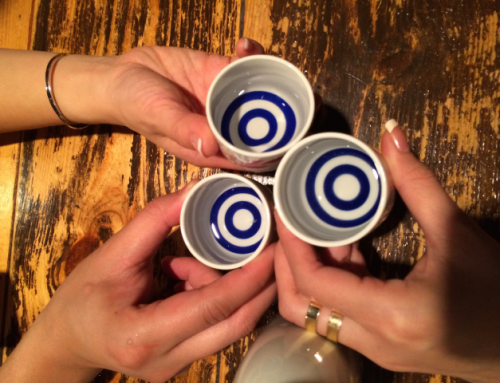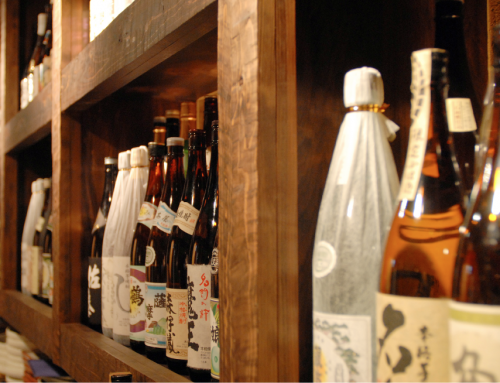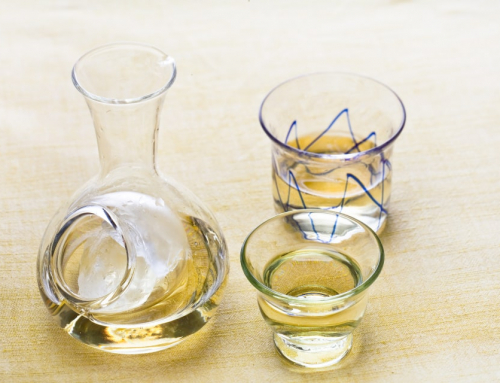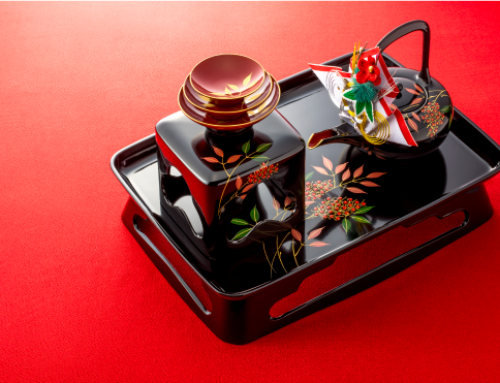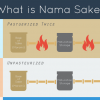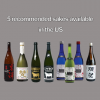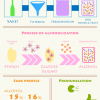What is BY?
Looking at the back label of a Sake bottle, you may find the word ‘BY’. This stands for ‘Brewery Year’.
This refers to the year when the sake was brewed. The tricky part of this is that the number followed by the word ‘BY’ is the year number in Heisei Era (the current era in Japan). To convert a Heisei year to Western era year (only applicable to the years after 1989), add the BY to 1988. For example, BY 26, or Heisei 26, corresponds to 1988+26 = 2014.
For simplification, refer to the tables below:
| Heisei | 1 | 2 | 3 | 4 | 5 | 6 | 7 | 8 | 9 | 10 | 11 | 12 | 13 |
|---|---|---|---|---|---|---|---|---|---|---|---|---|---|
| Gregorian | 1989 | 1990 | 1991 | 1992 | 1993 | 1994 | 1995 | 1996 | 1997 | 1998 | 1999 | 2000 | 2001 |
| Heisei | 14 | 15 | 16 | 17 | 18 | 19 | 20 | 21 | 22 | 23 | 24 | 25 | 26 |
|---|---|---|---|---|---|---|---|---|---|---|---|---|---|
| Gregorian | 2002 | 2003 | 2004 | 2005 | 2006 | 2007 | 2008 | 2009 | 2010 | 2011 | 2012 | 2013 | 2014 |
Pitfall of BY
What is more tricky is that in accord with the traditional Sake brewing process, the BY starts July 1st of the brewery year and ends June 30th of the following year. For example, BY 26 means the sake was brewed between July 1st 2014 and June 30th 2015. The Brewery Year is labeled voluntarily.
Production Year
While Labeling the BY is not compulsory, the Sake regulations require the Sake breweries to label the ‘Production Year’ (Seizo-Nengetsu / 製造年月). This shows the year when the sake was bottled or shipped to the distributors – not the year when the sake was brewed (remember the sake may be stored to age at breweries before being bottled). Thus the BY and the production year are not necessarily the same. Production Year is shown in a Western era year e.g. 2014.
Which is important – BY or Production Year?
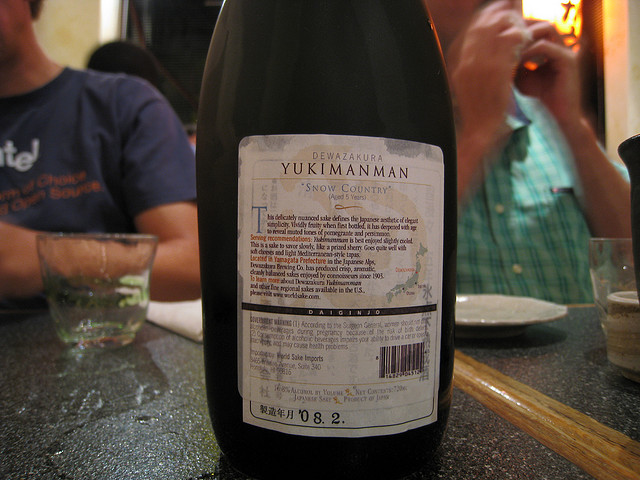
Another English Ver. ‘製造年月 08 2’ means Production Year of 2008 Feb.
Production Year is somewhat ambiguous. Production Year 2014 can mean either that the sake was bottled in 2014 or that it was shipped to the distributors in 2014. Moreover, even the production year of the sake, which has been stored to age for 3 years at the brewery, can be the year when the sake is actually shipped to the distributors – that is, Sake with production year 2014 may have been brewed in 2011.
Therefore, attention should be paid to the BY. An increasing number of Sake breweries have become more fussy about the rice they use for Sake brewing, and just as wine, a certain Sake brand may taste differently depending on the BY. Especially the aged Sake fans are fussy about those brewery years.

